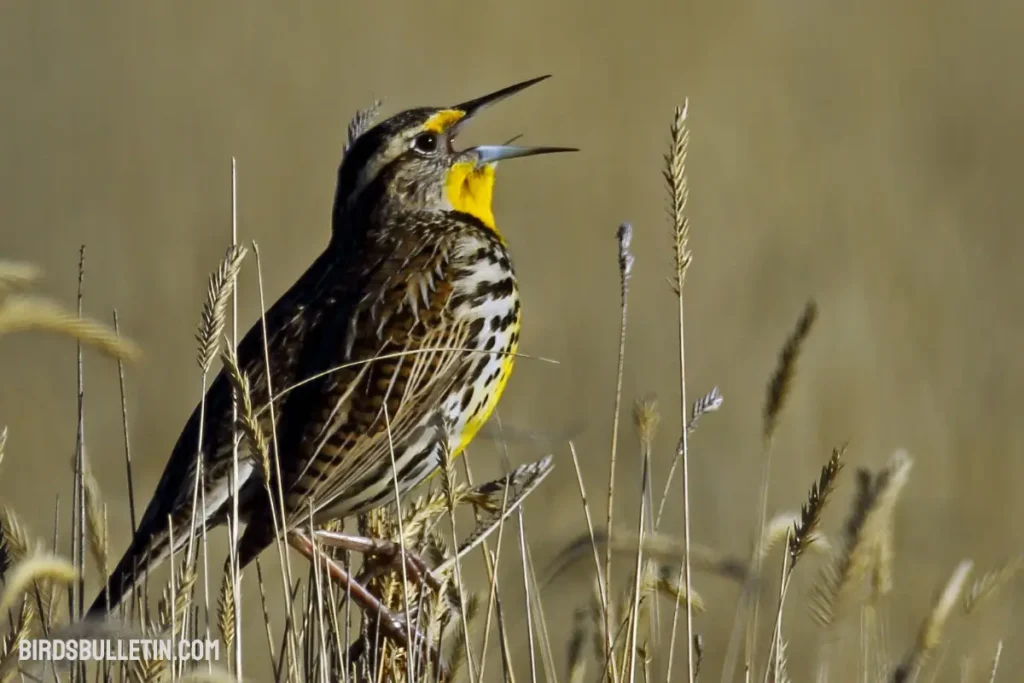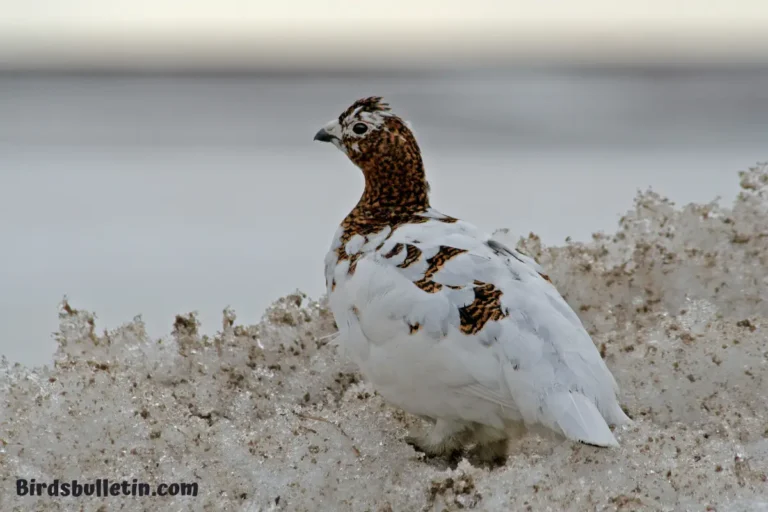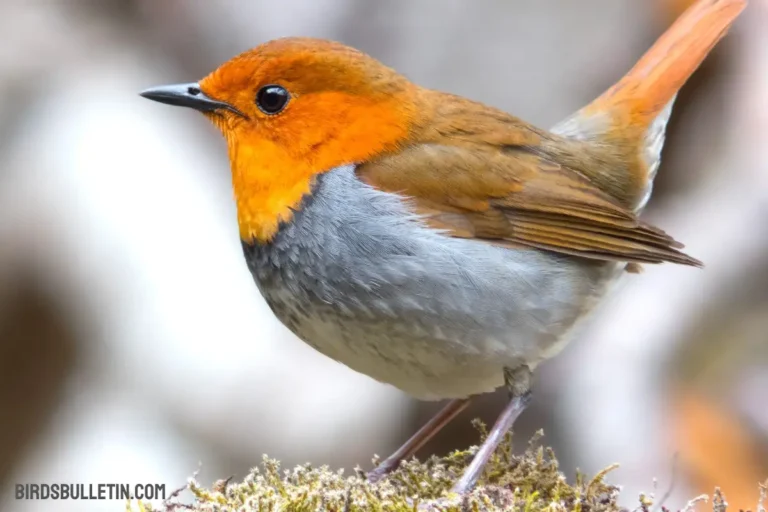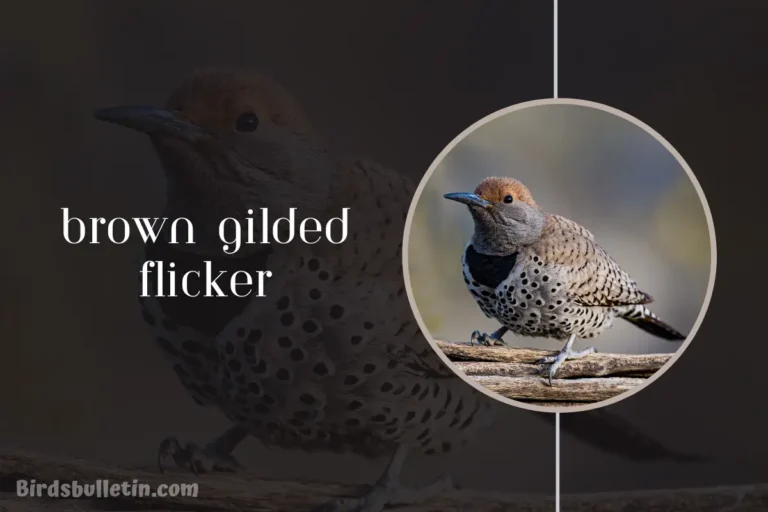Pacific Northwest Meadowlark (S.N. Confluenta)
Among the subspecies of the Western Meadowlark, S. n. confluenta represents the birds of the Pacific Northwest coast. This coastal population of meadowlarks exhibits some subtle differences from inland birds.
Let’s take a closer look at the identification, range, ecology, and conservation status of this subspecies.
Looking for more overview about bird subspecies
Scientific Classification
S. n. confluenta is one of two recognized subspecies of the Western Meadowlark (Sturnella neglecta). It was first scientifically described in 1917 by American ornithologist Harold C. Rathbun.

Its scientific name means “flowing together” in Latin, referring to its coastal range formed by the merging habitats along the Pacific Northwest coast.
- Kingdom: Animalia
- Phylum: Chordata
- Class: Aves
- Order: Passeriformes
- Family: Icteridae
- Genus: Sturnella
- Species: Sturnella nigricollis
- Subspecies: Sturnella nigricollis confluenta (Rathbun, 1917)
Some authorities in the past considered it a subspecies of the Eastern Meadowlark based on minor plumage differences. However, genetic analysis supports S. n. confluenta as a unique Western Meadowlark subspecies.
Identification
This subspecies is virtually identical in appearance to other Western Meadowlark populations. They exhibit classic features including a black “V” mark on the bright yellow breast, white outer tail feathers, yellow striped head, and pointed bill.
They average slightly paler in color than inland populations. The most reliable distinguishing feature is their unique flute-like territorial song, with a faster, more hurried pace and more complex notes compared to inland Western Meadowlarks.
Location
The geographic breeding range of S. n. confluenta extends along the Pacific coast from southwest British Columbia south through western Washington to Oregon. It occurs in suitable habitat west of the Cascade Mountains to the Pacific Ocean.
Within this narrow coastal strip, populations breed primarily in pastures, grasslands, meadows, and prairies at low to moderate elevations up to about 1,500 feet in elevation. Some wintering occurs along the northern coastlines, but most migrate south to central California or inland regions.
Interesting Facts
- S. n. confluenta shows a preference for nesting in taller, dense grasses and sedges nearer to water, compared to drier habitats used inland.
- Their diet along the northwest coast features a greater proportion of insects rather than seeds. Wetter conditions produce more abundant arthropods.
- They are thought to migrate in a fairly narrow band along the Pacific Coast. More research is needed on their migration routes and wintering grounds.
- Hybridization occasionally occurs between S. n. confluenta and the Oregon Vesper Sparrow where their ranges intersect near the Willamette Valley.
- Conservation plans recognize the Pacific Northwest population as a unique subspecies needing regional management considerations.
Status And Conservation
This bird has a relatively small and fragmented total population estimated between 25,000-50,000 birds. Habitat loss to agriculture and development has caused declines, especially in British Columbia.
They are designated as a Species of Special Concern in Canada, and a US Fish and Wildlife Species of Conservation Concern in the United States. Partners in Flight consider them a species of high regional conservation concern.
Protecting remaining grasslands throughout their coastal range, controlling invasive species, and sustainable land practices will benefit these birds. Maintaining connectivity between isolated populations is also important. Further research and monitoring is needed.
Frequently Asked Questions
01. How does this subspecies differ in appearance from other Western Meadowlarks?
They look almost identical, with just subtle average differences in plumage colors. Their unique song is the most reliable way to distinguish S. n. confluenta.
02. Why are they limited to the Pacific Northwest coast?
This habitat provides the moist grassland conditions preferred by this subspecies for nesting and feeding. The Cascades and other montane zones act as a geographic barrier.
03. Do they migrate or stay along the coast year-round?
Most birds migrate south in winter, but some overwinter along the northern coasts. Migration routes are not fully known.
Summary
In summary, the Pacific Northwest Meadowlark S. n. confluenta represents a unique coastal subspecies that requires regional management and habitat protections to ensure its future in this limited range.
Maintaining healthy wet grassland ecosystems will allow these songbirds to continue brightening the meadows of the Pacific coast for generations to come.







